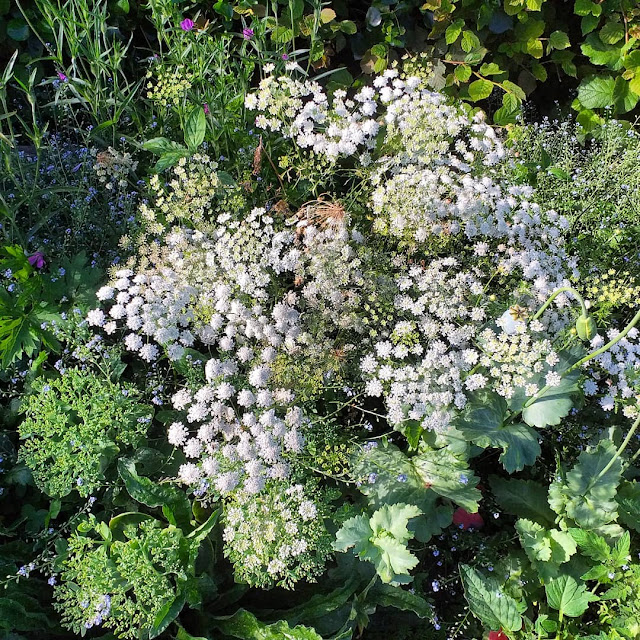Sustainable Gardening With Nature
Whether you’re drawn to wildlife-friendly gardens, naturalistic planting, or permaculture, sustainable gardening ties into many styles and approaches. Here, we’ll explore why sustainable gardening matters, the elements that define it, and the methods you can use to create one.
Why Create a Sustainable Garden?
A sustainable garden is designed to work with nature rather than against it. The goal is to reduce resource use, limit waste, and create a self-sustaining system that thrives over time. This approach benefits not only the environment but also the gardener by:
- Lowering maintenance demands:
Fewer chemicals, less irrigation, and reduced need for fertilizers save both time and money.
- Promoting biodiversity:
Sustainable gardens provide food, shelter, and nesting opportunities for pollinators, birds, and other wildlife.
- Adapting to climate change:
By using drought-tolerant plants and efficient irrigation techniques, sustainable gardens are resilient to changing weather patterns.
Styles and Themes Linked to Sustainability
Sustainable gardening intersects with several garden styles:
- Wildlife-Friendly Gardens:
Focused on providing habitats for bees, butterflies, birds, and other creatures, these gardens often feature native plants, wildflowers, and ponds.
- Naturalistic Gardens:
This approach emphasizes natural planting schemes, celebrating seasonal change and ecological balance.
- Permaculture:
A design philosophy rooted in sustainability, permaculture integrates edible plants, water conservation, and regenerative practices.
- Cottage Gardens:
With their dense planting and emphasis on perennials, cottage gardens reduce the need for extensive watering and fertilizers.
Elements of a Sustainable Garden
1. Native and Drought-Tolerant Plants: Native species are adapted to the local climate and require less water and care. Combining these with drought-tolerant plants reduces reliance on irrigation.
2. Composting Areas:
Turn garden and kitchen waste into nutrient-rich compost to feed your plants and reduce landfill waste.
3. Water Management:
- Use rain barrels or water butts to collect and reuse rainwater.
- Install permeable paving to allow rainwater to soak into the soil, preventing runoff.
4. Wildlife Features:
- Create habitats such as log piles, bee hotels, or hedgerows.
- Include a pond or water feature for amphibians and insects.
- Allow some areas of the garden to go “wild” with minimal intervention.
5. No-Dig Gardening:
This method preserves soil structure, protects beneficial organisms, and reduces carbon release. Use organic mulches to suppress weeds and improve soil health.
6. Low-Carbon Materials:
- Source local or reclaimed materials for hardscaping.
- Avoid synthetic chemicals and choose organic fertilizers or natural pest control methods.
Methods for Sustainable Gardening
- Reduce, Reuse, Recycle: Reuse old pots, furniture, and materials to reduce waste. Upcycled items can add unique charm to your garden.
- Companion Planting: Grow plants that naturally support each other, such as pairing pest-repellent marigolds with vegetables.
- Seasonal Planting: Work with nature’s rhythms by planting in sync with the seasons to reduce the need for artificial interventions.
- Living Mulches: Use ground-cover plants to suppress weeds, retain moisture, and improve soil health.
- Regenerative Planting: Focus on perennials and self-seeding plants to reduce the need for frequent replanting.
The Impact of Sustainable Gardening
Creating a sustainable garden not only benefits your immediate surroundings but also contributes to the larger effort of conserving the planet’s resources. Every small change—whether it’s planting a pollinator-friendly flower, capturing rainwater, or composting your waste—adds up to a significant positive impact.
If you’re ready to create a garden that’s good for the planet, I can help design and build a sustainable outdoor space tailored to your needs and preferences. Do get in touch to enquire!



Comments
Post a Comment